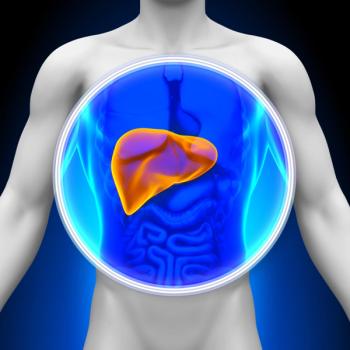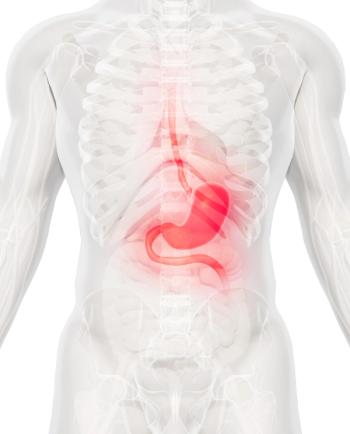
Patient Navigation Effective in Screening Colonoscopy Rate for CRC in Latino Groups
Screening colonoscopy rates for colorectal cancer increased in low-income Latino populations when accompanied by patient navigation.
Patient navigation within low-income Latino populations was found to increase the likelihood of screening colonoscopy (SC) for colorectal cancer (CRC), while standard and culturally targeted print materials for these populations did not, a clinical study published in Cancer found.1
The study, which analyzed SC rates in Latino populations after 12 months of intervention, yielded an overall SC rate of 82%. Contrary to the hypothesis, the culturally targeted print materials did not increase SC rates and even decreased rates in the Puerto Rican population of the study.
“The results indicated no support for the study’s primary hypothesis,” Katherine DuHamel, PhD, from Memorial Sloan Kettering Cancer Center, and colleagues wrote. “SC rates did not differ among study arms and the addition of culturally targeted print materials to patient navigation did not appear to increase SC rates.”
As a part of the study, 3 separate intervention groups were created with 20% of participants receiving only patient navigation, 40% receiving standard Centers for Disease Control and Prevention print materials combined with patient navigation, and the final 40% receiving culturally targeted print materials combined with patient navigation.
Researchers focused on 344 Latino participants from the New York City greater area with average age of 60 years with no personal or family history of a CRC diagnosis before that age, no gastrointestinal disorder, no colonoscopy in the last 5 years, with insurance coverage, and a referral for SC. Of the 344 patients, 40 were deemed ineligible because they did not receive patient navigation.
The results showed that patient navigation significantly increased the SC rate of Latino populations from 48% regardless of print materials to 82% among navigated patients. Contrary to the results from prior research on smoking cessation, culturally targeted materials did nothing more than patient navigation to increase SC rates.2
Similarly, the number of individuals in the study with average annual income less than $10,000 rose to an SC rate of 87% with patient navigation, compared to 75% of individuals with income greater than $10,000. The study could not connect directly why the discrepancy exists, but the researchers suggested it could connect to the larger barriers with low-income individuals regarding healthcare coverage and their propensity to take advantage of the resources offered by the study.
“Lower income participants may face greater barriers to healthcare and may have been more likely to take advantage of the study, thus enhancing their experience compared with higher income participants,” the researchers described. “They also may be more cost-conscious and SC within the study context may have provided assurance that no unexpected medical bills would arise.”
A significant strength of the research pertains to focusing on an underserved population in Latinos. This, coupled with measuring SC rates rather than self-reports from participants, made for 2 of the studies strongest characteristics.
“Efforts to promote CRC screening in New York were increased and the positive impact of navigation on SC is within the context of this larger regional effort,” the researchers wrote.
The researchers also cited a number of limitations regarding the study. Considering the Latino population were drawn from New York City, it is difficult to generalize the results across all geographic locations with similar cultures. Moreover, a requirement of the study’s population was the individual’s access to insurance, therefore individuals who are not insured may experience different results.
While participants in this study exhibited SC rates above national averages, patient navigation for uninsured individuals is something the researchers recommend should be explored further. Different variations of patient navigation should be researched to avoid losing further individuals to withdrawal or follow-up.
References:
1. DuHamel KN, Schofield EA, Villagra C, et al. Promoting colonoscopy screening among lowâincome Latinos at average risk of colorectal cancer: A randomized clinical trial. Cancer. doi:10.1002/cncr.32541.
2. Matthews AK, Steffen A, Kuhns L, et al. Evaluation of a randomized clinical trial comparing the effectiveness of a culturally targeted and non-targeted smoking cessation intervention for lesbian, gay, bisexual and transgender (LGBT) smokers. Nicotine Tob Res. doi:10.1093/ntr/nty184.
Newsletter
Stay up to date on recent advances in the multidisciplinary approach to cancer.
































































































